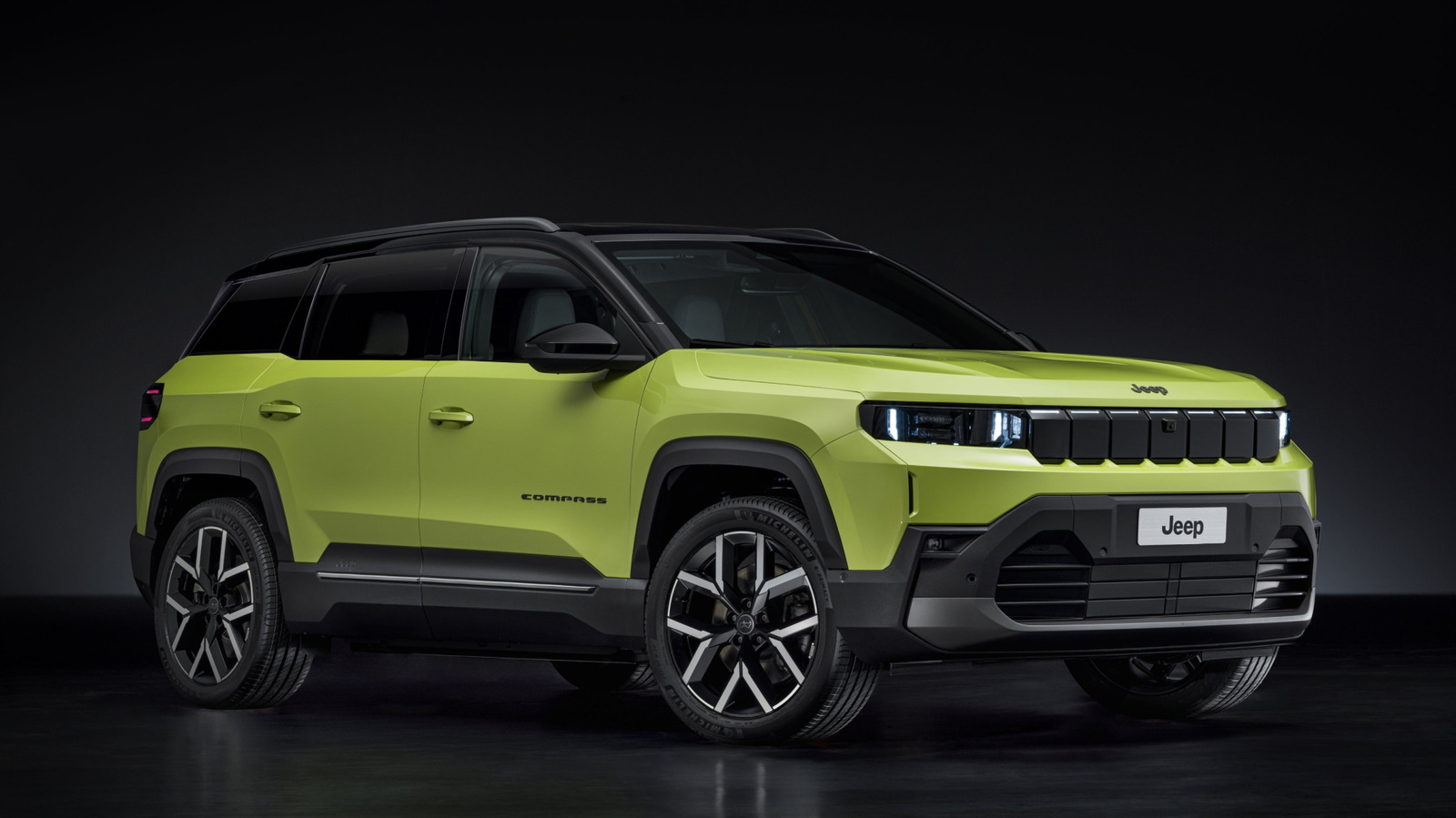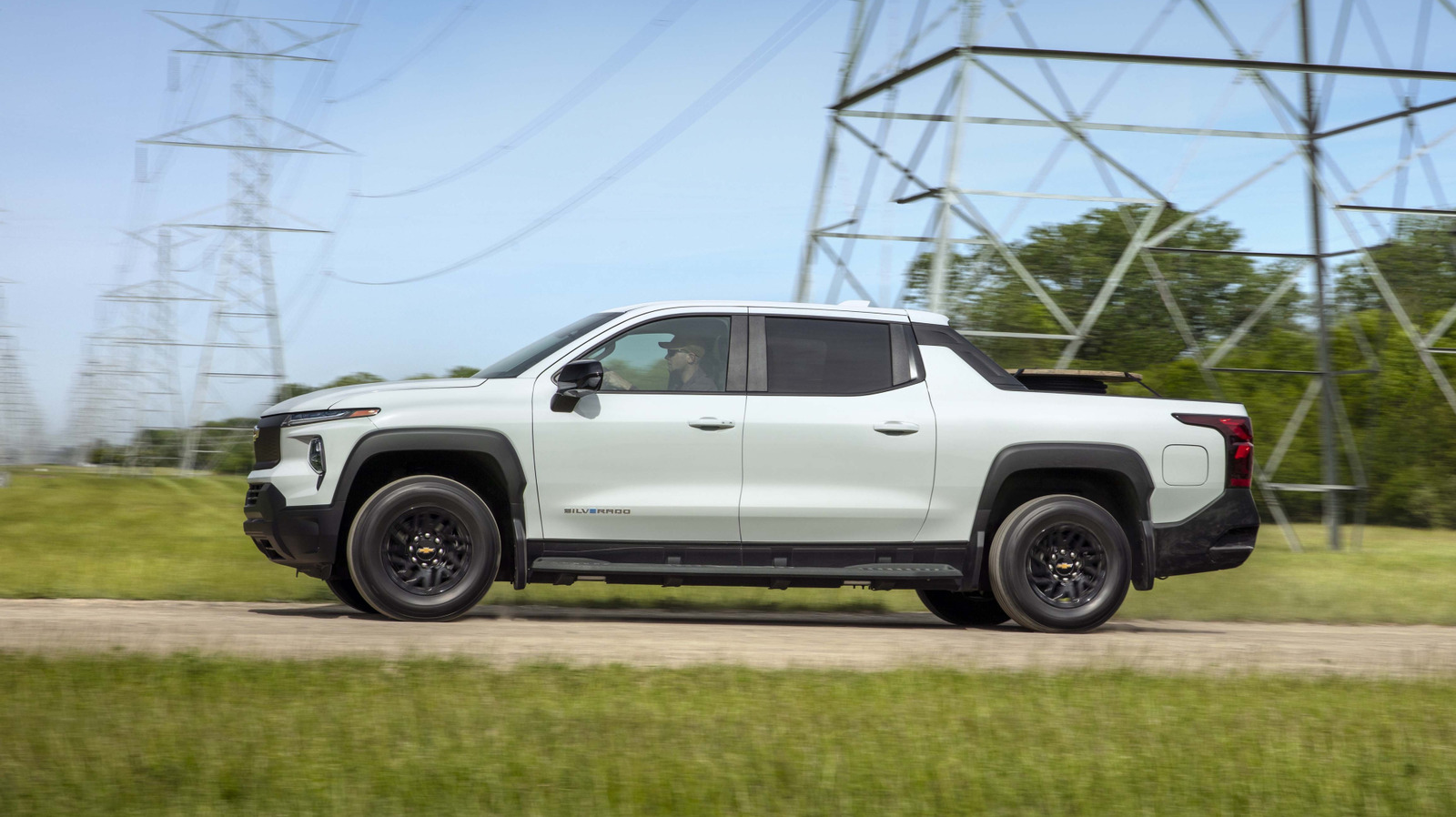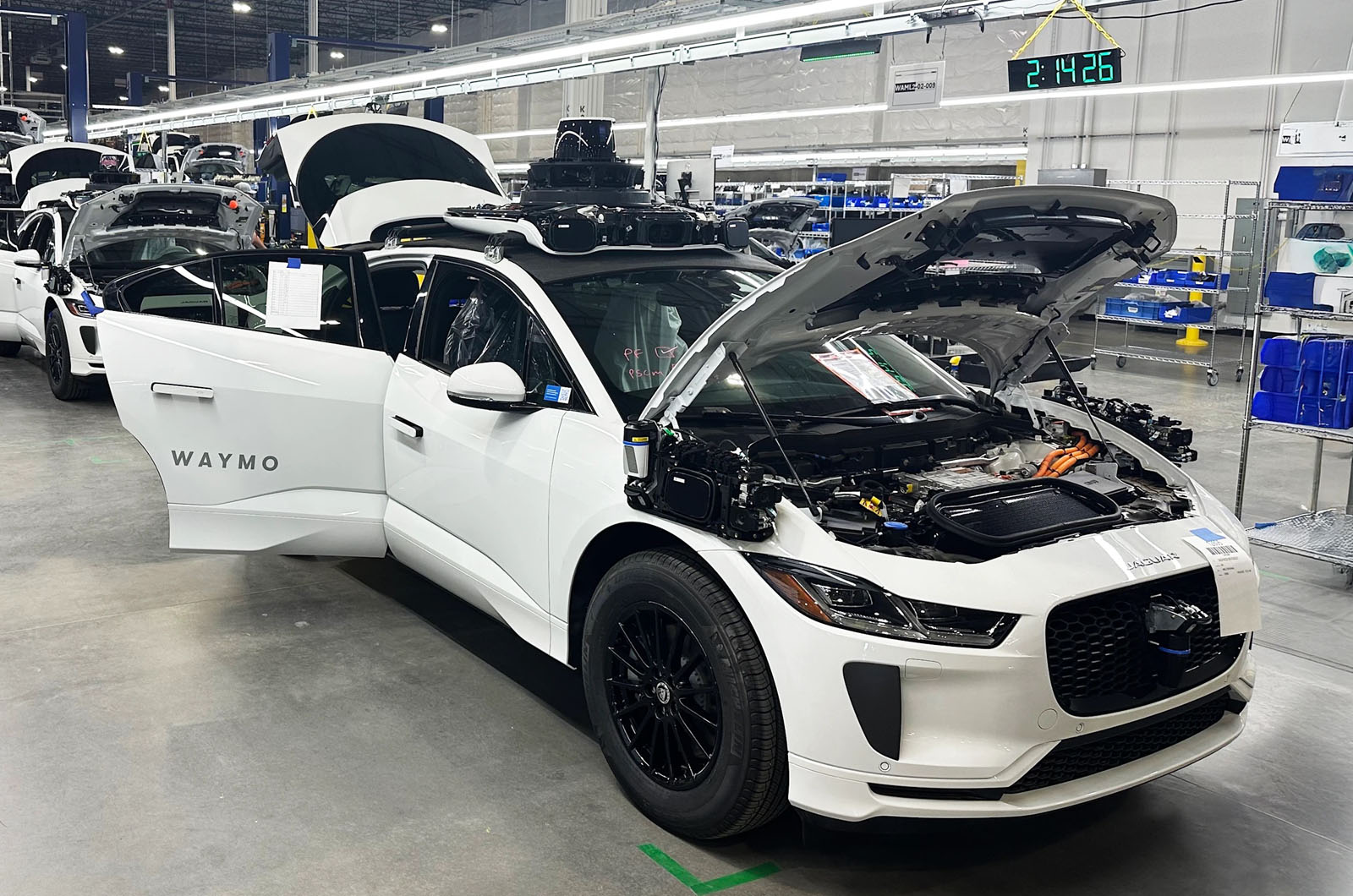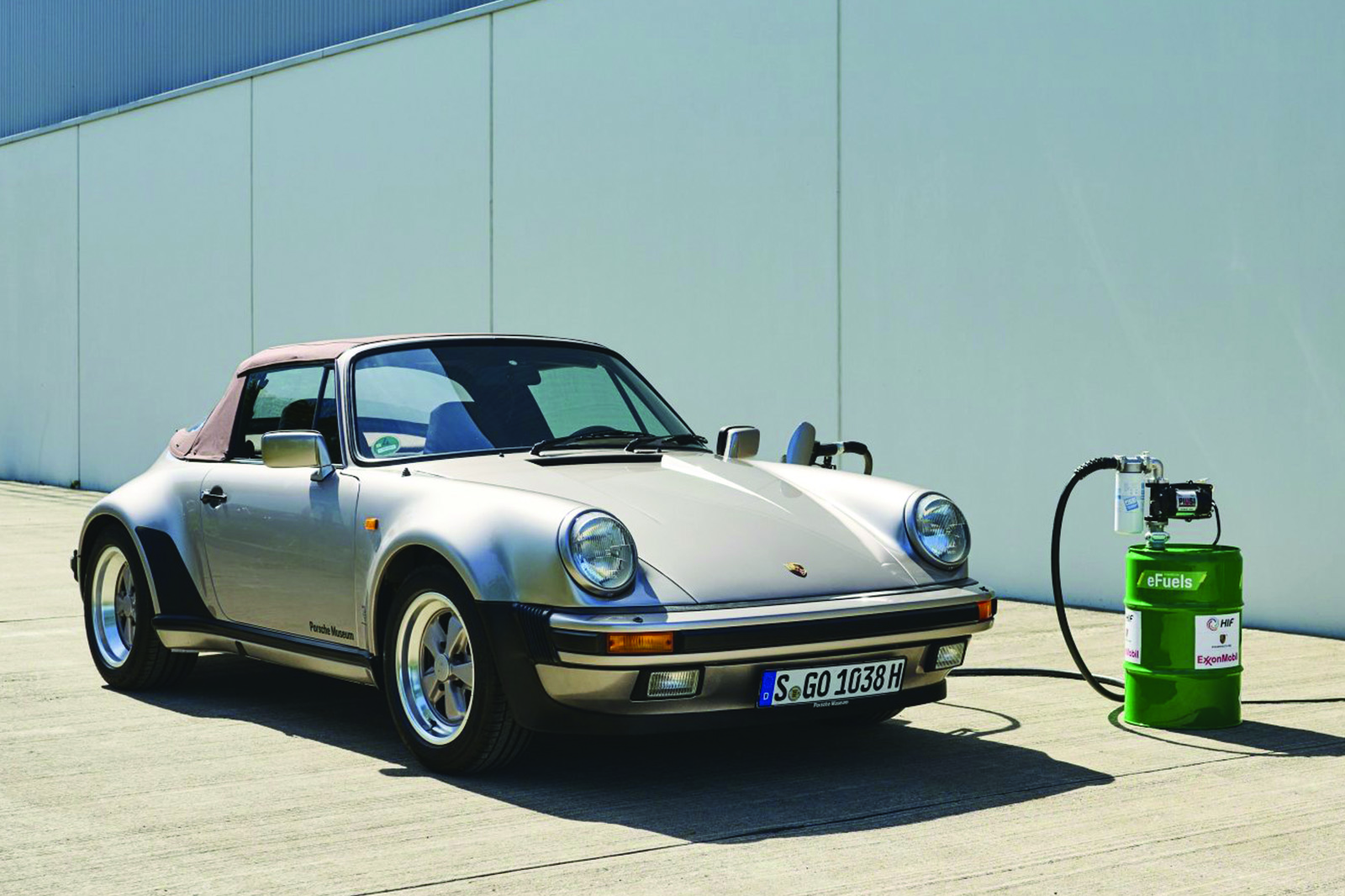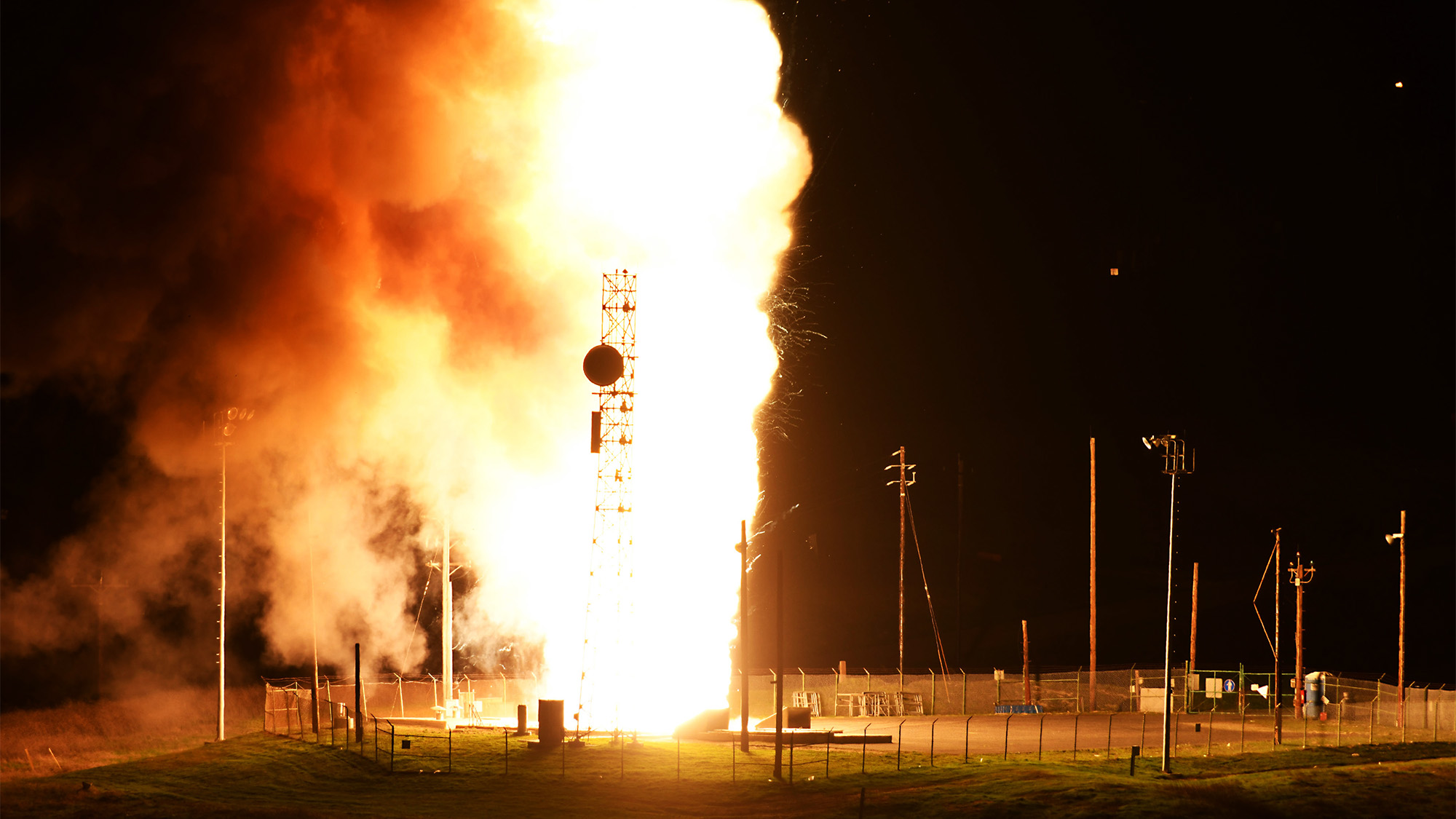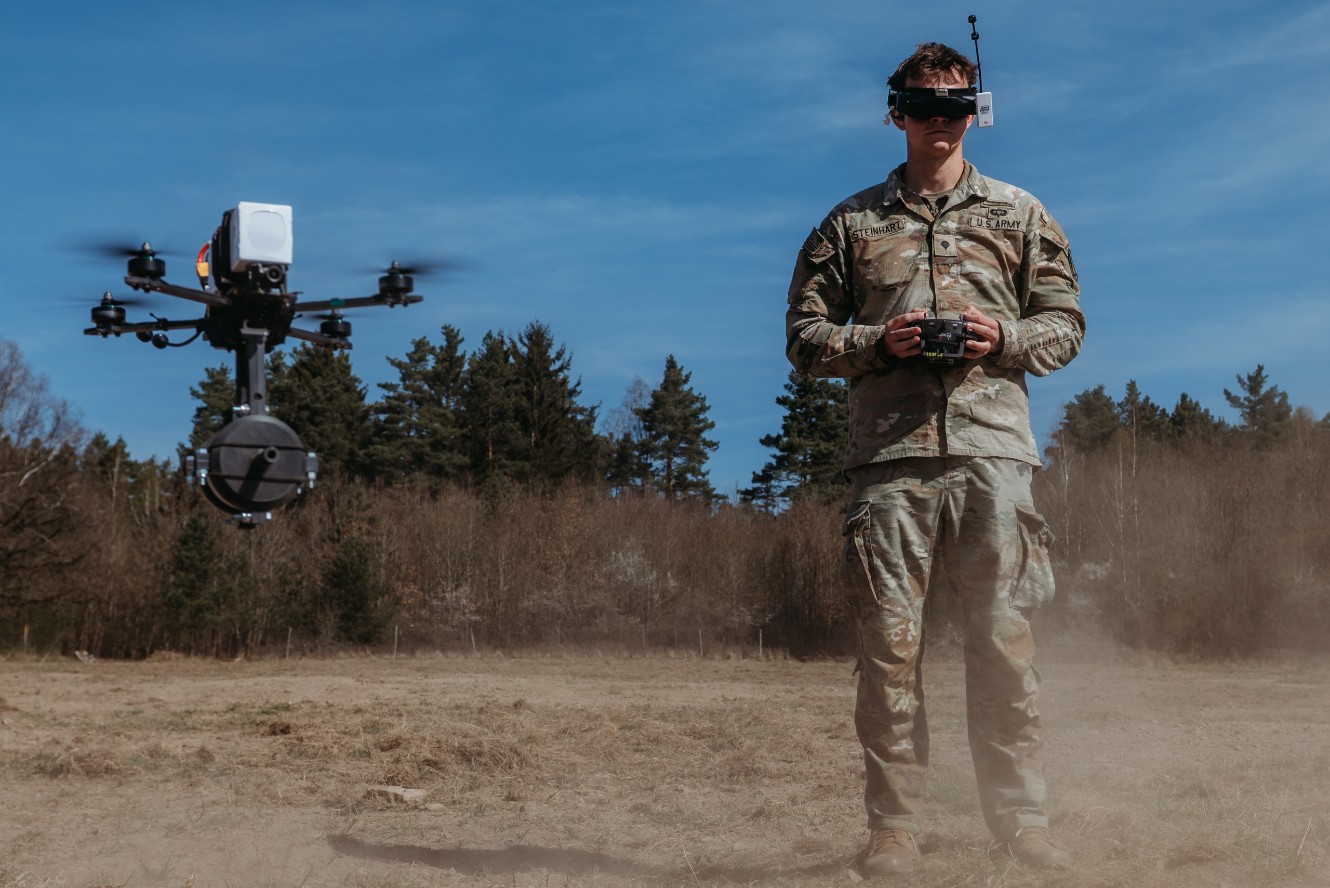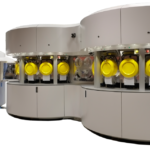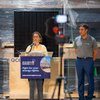Saronic expands USV family with ‘Mirage’ and ‘Cipher’
The vessels are the fifth and sixth autonomous drones the relatively new defense company has unveiled in recent years.


Saronic’s Corsair autonomously navigating open waters in the Gulf of Mexico. (Photo provided by Saronic.)
WASHINGTON — Defense start-up Saronic today unveiled two new variants of its family of autonomous surface vessels, dubbed Mirage and Cipher, which measure in at 40 and 60 feet long, respectively.
“We are committed to advancing autonomous maritime capabilities that protect critical waterways, secure the maritime domain, and deliver lasting economic and security advantages to the U.S. and its allies,” said CEO Dino Mavrookas. “The future of maritime dominance depends on the rapid adoption of these technologies — and achieving that future will require a diverse range of ASVs, from small vessels to larger systems designed to support existing and emerging critical mission needs.”
Mirage will have a range of over 2,000 nautical miles and a carrying capacity of 2,000 pounds while Cipher will exceed ranges of 3,000 nautical miles and a 10,000-pound carrying capacity, according to a company statement.
The Austin-based company, a relative newcomer to the defense industrial base, has unveiled six autonomous surface vessels over the past several years and received backing from big venture capital players such as Andreessen Horowitz.
Just last week, Saronic announced it was purchasing Louisiana-based shipyard Gulf Craft. That acquisition comes on the heels of Mavrookas telling reporters earlier this year his firm intends to design and build a “next-gen shipyard” that the company is dubbing Port Alpha.
“Port Alpha will reflect the apex of America’s shipbuilding past — generating new opportunities for the country’s shipbuilding workforce, forging public-private partnerships to accelerate growth, and bringing innovation and ingenuity to an essential industry,” said Mavrookas in February. “We will bring these elements together with a single goal: to rapidly build a fleet of autonomous vessels in America that redefine maritime superiority and guarantees freedom of the seas for generations to come.”
Saronic’s announcements come amid of flurry of industry product unveilings aimed at the US Navy’s stated demand for a hybrid fleet of manned and unmanned ships. Integral to the Navy’s demand signal has been that the unmanned vessels incorporated into its fleet act like “trucks” — flexible designs that can integrate any payload the service chooses.
In that spirit, Saronic’s company statement adds, “Both platforms will be built around Saronic’s open, modular software architecture, designed to enable adaptability across a range of defense and commercial missions. This makes integrating new sensors, payloads, and technologies fast and straightforward—without requiring a re-engineering of the core system.”











